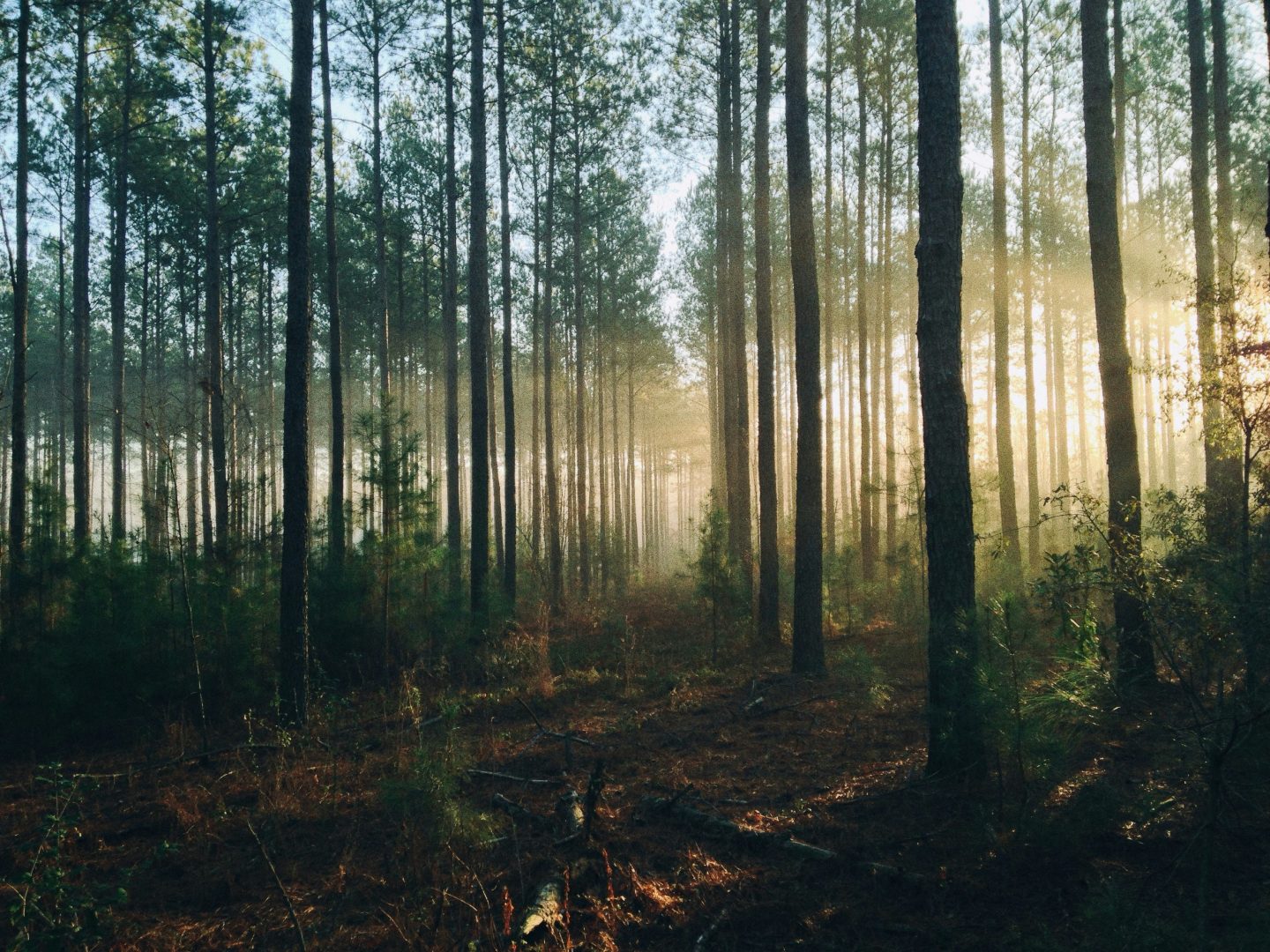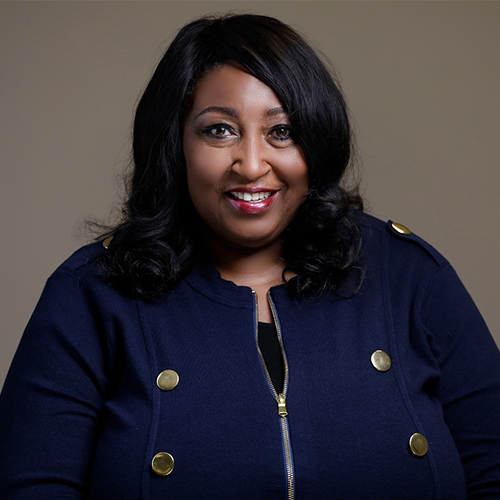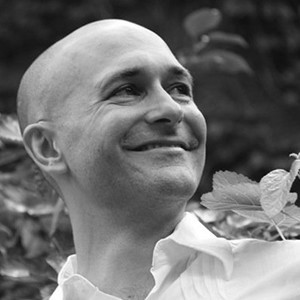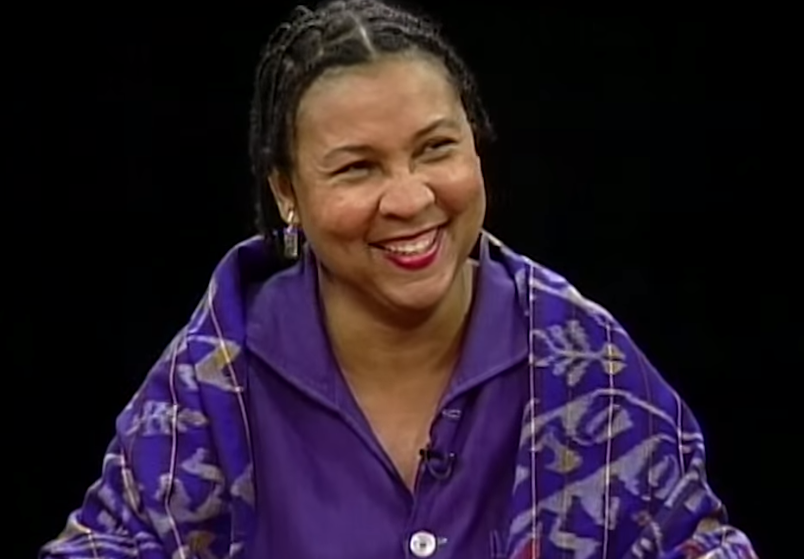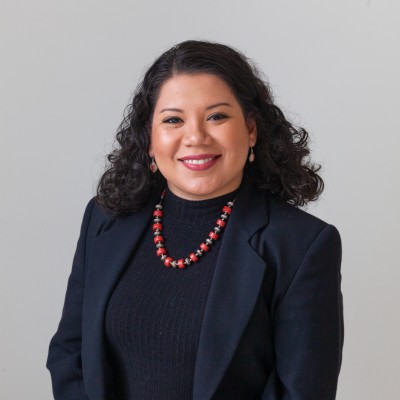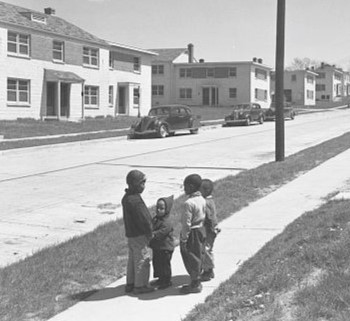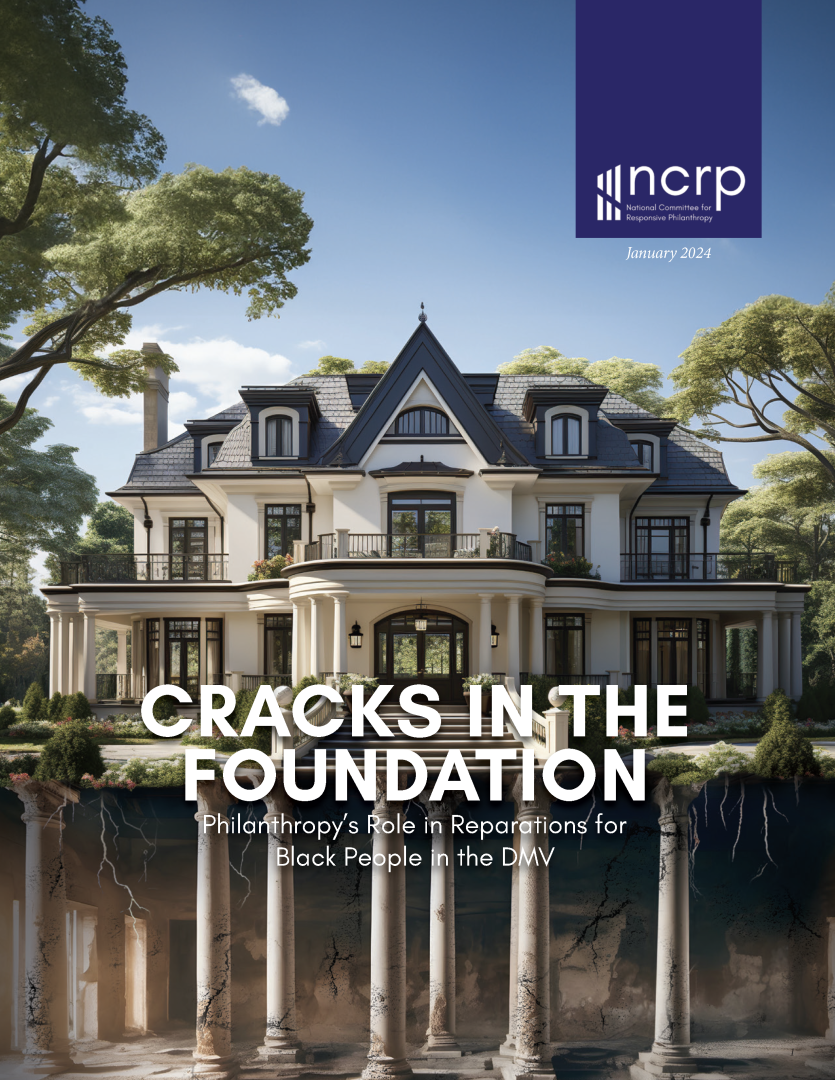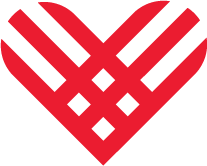Every year, after Thanksgiving, Black Friday, and Cyber Monday, comes Giving Tuesday – a day dedicated to donating to your favorite causes and organizations.
This #GivingTuesday, we hope you will use your donations to push for a more just and equitable world. With what’s sure to be a fiery election season ahead of us in 2024, this is not the time to be frugal. Donations to progressive organizations are way down in 2023 across the board. And let’s be clear, the groups having the greatest impact are working 365 days a year and need multi-year financial support, coaching, and mentoring.
That being said, NCRP is happy to support the work of the following NCRP members. While we have listed these organizations under their most active issue areas, many of the groups listed below operate intersectional across a number of connected issues.
Black Liberation/Racial Equity
African Communities Together, Inc.
Twitter: @AfricansUS
Donation Link: https://africans.us/civicrm/contribute/transact?reset=1&id=1
African Communities Together is an organization of African immigrants fighting for civil rights, opportunity, and a better life for our families here in the U.S. and worldwide. ACT empowers African immigrants to integrate socially, advance economically, and engage civically. www.africans.us
The New 3Rs
Facebook: https://www.facebook.com/thenew3rs/
Donation Link: https://thenew3rs.org/give/
The New 3Rs uses its 10,000 Black History Artifacts to teach Pre-k – 10th grade children and their families the contributions Blacks have given the world , the Black Holocaust, as well as Responsive Philanthropy. https://thenew3rs.org
ABEN (A Black Education Network)
Twitter: @aben4ace
ABEN (A Black Education Network) is a non-profit organization dedicated to helping students of the African diaspora reach academic & cultural excellence. Learn how you can support their mission here: https://bit.ly/2ZFjJ0N
Selma Center for Nonviolence
Twitter: @Selma_CNTR
Donation Link: https://selmacntr.networkforgood.com/projects/149459-support-the-scntr
Selma Center for Nonviolence works to create an equitable community by eradicating systemic barriers to growth & development through the collective implementation of personal, cultural and institutional solutions. To donate, click here: https://bit.ly/3o7xAX0
Community Change
Twitter: @communitychange
Donation Link: https://connect.clickandpledge.com/w/Form/e156aa2c-3deb-471d-9b89-deb38f25fea3
Longtime partner and #NCRPMember Community Change builds the power of low-income people, especially people of color, to fight for a society where everyone can thrive. Learn how you can support their work here: https://bit.ly/2ZDzRQq
Climate Justice and Just Transition
Climate Mental Health Network
LinkedIn: https://www.linkedin.com/company/climate-mental-health-network/?viewAsMember=true
Donation Link: https://www.globalfund4mentalhealth.org/climate-mental-health-network/
Through intergenerational engagement, the Climate Mental Health Network address the mental health impacts of the climate crisis through education, engaging communities and families, and by harnessing the power of media and technology. https://www.climatementalhealth.net/
Green 2.0
Twitter: @diversegreen
Green 2.0 is dedicated to increasing diversity across mainstream environmental NGOs, foundations & government agencies. Learn more about their work here: https://bit.ly/3D8UeCW
Democracy, Civic Engagement & Journalism
Alliance for Justice
Twitter: @AFJustice
Donation Link: https://www.afj.org/take-action/ways-to-give/
Alliance for Justice (AFJ) is a national association of 150 organizations representing a broad array of civil rights, environmental, immigration, disability, consumer, workers, women’s, LGBTQ, and other groups committed to democratic values and the creation of an equitable, just, and free society. https://www.afj.org/
Alliance for Youth Action
Twitter: @alliance4youth
Donation Link: https://allianceforyouthaction.org/donate/
Alliance for Youth Action grows progressive people power across America by empowering local young people’s organizations to strengthen our democracy, fix our economy & correct injustices through on-the-ground organizing. Learn more about Alliance for Youth on their website at https://allianceforyouthaction.org
Khmer Girls in Action
Twitter: @Kgalb
Donation Link: https://kgalb.ourpowerbase.net/civicrm/contribute/transact?reset=1&id=1
Long Beach, CA’s Khmer Girls in Action mission is to build a progressive & sustainable Long Beach community that works for gender, racial + economic justice led by Southeast Asian young women. Learn more about Khmer Girls in Action on their website at http://kgalb.org/
Rights and Democracy
Donation Link: https://radmovement.org/donate/
Rights and Democracy’s mission is to bring people together to take action to build healthy communities and make the values of our communities guide the policies of our government. We are building a popular movement to advance rights and build a real democracy. We work in partnership with community groups, progressive unions, faith communities, organizations fighting for human and civil rights, and environmental and climate action groups. https://radmovement.org/
Native American Rights Fund
Twitter: @NDNrights
Donation Link: https://secure.narf.org/page/64457/donate/1
The Native American Rights Fund holds governments accountable. We fight to protect Native American rights, resources, and lifeways through litigation, legal advocacy, and legal expertise. http://www.narf.org
Texas Center for Justice and Equity
Facebook: https://www.facebook.com/TexasCJE
Donation Link: https://www.texascje.org/donate
Texas Center for Justice and Equity advocates at the state & local level—with their system-impacted coalitions—to end mass incarceration, shift funding toward community supports, & reduce racial inequities in the criminal legal system. https://www.texascje.org
First Nations Development Institute
Twitter: @FNDI303
Donation Link: https://firstnations.org/ways-to-give/
First Nations Development Institute improves economic conditions for Native Americans through direct financial grants, technical assistance & training, and advocacy & policy. Learn more about their work here: https://firstnations.org/
Faith in Public Life
Twitter: @FaithPublicLife
Donate Link: https://bit.ly/3o5Xdrq
Faith in Public Life is a national movement of clergy and faith leaders united in the prophetic pursuit of justice, equality and the common good. They work to advance just policies at the local, state and federal levels. You can learn more about them here: https://www.faithinpubliclife.org/
re:power Fund
Facebook: https://www.facebook.com/repowerorg
Donation: https://secure.everyaction.com/t1vBpp-_fEWUzMHKpLyKRQ2
re:power Fund works toward their vision by offering training and strategic support to BIPOC leaders, community organizations, and coalitions across the progressive ecosystem, focusing on elections and governance, movement building, and movement technology. http://www.repower.org
Ella Baker Center
Twitter: @ellabakercenter
Donation Link: https://ellabakercenter.org/donate/
The Ella Baker Center helps organize people-powered campaigns to reinvest resources into communities most harmed by policing. Learn how you can support them here: https://bit.ly/39HkUiA
Gamaliel
Twitter: @Gamalielnetwork
Donation Link: https://gamaliel.org/news/giving-tuesday-a-sankofa-moment/
Gamaliel‘s leaders are trained to cut issues in the hearts and minds of the people, shape a policy agenda, build relationships decision-makers, run actions to move them, raise money to fund the work, build a leader base, and shift the narrative. https://gamaliel.org/
Demos
Twitter: @Demos_Org
Donation Link: https://bit.ly/3o7JXT6
Through cutting-edge policy research, inspiring litigation and deep relationships with grassroots organizations, Demos champions solutions that will create a democracy and economy rooted in racial equity. Learn more about their work here: https://www.demos.org/
Minnesota Council of Nonprofits
Twitter: @SmartNonprofits
Donation Link: https://www.minnesotanonprofits.org/about-mcn/support-mcn
Minnesota Council of Nonprofits is dedicated to advancing diversity, inclusion & equity through enhancing + improving intercultural competence, intentionally creating inclusive spaces and working to address disparities within the sector. Learn more about their work here: https://www.minnesotanonprofits.org/
Capital & Main
Twitter: @Capitalandmain
Donation Link: https://bit.ly/2ZDg3N2
Capital & Main is an award-winning nonprofit publication that reports from California on the most pressing economic, environmental and social issues of our time. Learn more about their work here: https://capitalandmain.com/
Education Equity
Greene Scholars Program
Twitter: @greenescholars1
Donation Link: https://bit.ly/3ogZzE5
The Greene Scholars Program helps youth of African ancestry in San Francisco Bay Area communities successfully complete higher education in STEM, and serve as positive role models and contributors to their communities. Learn more about their work here: https://www.greenescholars.org/
Onaketa
Twitter: @OnaketaTutoring
Donation Link: https://www.onaketa.org/getinvolved
Onaketa provides free online tutoring to underserved black and brown youth. We specialize in science and math, and we serve students in middle school, high school, and college. https://www.onaketa.org/
Children’s Defense Fund
Twitter: @ChildDefender
Donation Link: https://bit.ly/3oauNN4
Children’s Defense Fund works with policymakers to advocate for federal policies that improve children’s lives. Learn more about their work here: https://www.childrensdefense.org/
IAF Northwest
Donation Link: https://www.iafnw.org/donate
IAF Northwest is a regional network of 12 broad-based Affiliates in Washington, Oregon, Montana, Canada, New Zealand and Australia. The Affiliates are broad based member organizations and work with faith-based organizations, education, health, labor and community organizations united to act effectively to bring about practical solutions to advance the common good. https://www.iafnw.org
Catalyst California
Twitter: @CatalystCali
Donate today: https://bit.ly/31hXFJX
Catalyst California works with partners + communities to expand educational opportunities for California’s children; creates healthy and safe neighborhoods & ensures communities of color have a voice in our democracy. Learn more about their work here: https://www.catalystcalifornia.org/
Legal Aid Justice Center
Twitter: @LegalAidJustice
Donation Link: https://bit.ly/3rp8AMX
Legal Aid Justice Center partners with communities and clients to achieve justice by dismantling systems that create and perpetuate poverty.
United Women of East Africa Support Team
Twitter: @uweast1
Donation Link: https://www.uweast.org/donate/
UWEAST’s mission is to be the force for culturally competent health services, education and advocacy for the well-being of the East African community. We are meeting the overwhelming physical and mental health related needs of East African refugee women and families primarily in the City Heights neighborhood of San Diego. uweast.org
Economic Equity
Class Action
Twitter:@classismexposed
Donation Link: https://class-action.networkforgood.com/
Class Action provides a dynamic framework and analysis for people of all backgrounds to identify and address issues of class and classism and its intersection with race and racism. http://www.classism.org
Georgia Advancing Communities Together, Inc.
Twitter: @GeorgiaACT
Donation Link: https://bit.ly/3Gi9i39
Georgia Advancing Communities Together, Inc. is a membership organization of nonprofit housing and community development organizations that serve families with limited housing choices. Learn more here: https://georgiaact.org/
Held GSO Inc.
Donation Link: https://heldgso.org/give/
Held GSO Inc. provides direct, guaranteed income to people in need. We do this by partnering with community-based, social-support organizations. Our partner agencies refer individuals who need financial support to Held, and we provide them with a monthly guaranteed income. We believe that this combination of regular, guaranteed income and social support services has the power to transform people’s lives. heldgso.org
Native American Rights Fund
Twitter: @NDNRights
Donate link: https://bit.ly/3rqo6bA
Native American Rights Fund holds governments accountable & protects Native rights, resources, and lifeways through litigation, legal advocacy, & expertise. Learn more here: https://georgiaact.org/
Family Agriculture Resource Management Services (F.A.R.M.S.)
Donation Link: https://bit.ly/3d5j0sV
Family Agriculture Resource Management Services (F.A.R.M.S.) offers legal and technical services to aging farmers while reducing hunger in the farmers community through our 30000Acres TM food bank program. To learn more about their work, visit https://30000acres.org/
National Housing Resource Center
Twitter: @nhrc_846
Donation Link: https://bit.ly/3o5jbuC
National Housing Resource Center is an advocate for the nonprofit housing counseling industry, housing consumers, for communities of color, the elderly and under-served communities. earn about them here: https://t.co/naVdHnQ82m
Reproductive Access and Gender Equity
Texas Equal Access Fund
Twitter: @TEAFund
Donation Link: https://secure.everyaction.com/ztEh8Qeh80-k2k1Yuo5gTw2
Texas abortion clinics are closed and that means that abortion funds in Texas are the resources equipped, poised, agile and determined to continue supporting Texans in accessing care outside of the state. www.teafund.org
Apiary for Practical Support
Facebook: https://www.facebook.com/apiaryps/
Donation Link: https://www.afj.org/take-action/ways-to-give/
Apiary for Practical Support provides community spaces, trainings and technical assistance to practical support organizations and people and organizations looking to expand into practical support (what we like to refer to as “PS-curious”). https://apiaryps.org/
SisterReach
Facebook: www.facebook.com/SisterReach
Donation Link: https://www.sisterreach-tn.org/
SisterReach’s mission is to empower the people we serve to lead healthy lives, raise healthy families, and live in healthy and sustainable communities by using a four-pronged strategy of education, policy and advocacy, culture change, and harm reduction. https://www.sisterreach-tn.org/
Migrant Justice
Welcoming America
Twitter: @WelcomingUSA
Donation Link: https://welcomingamerica.org/ways-to-give
Welcoming America is a nonprofit leading a movement of inclusive communities becoming more prosperous by ensuring everyone belongs, including immigrants. www.welcomingamerica.org
Virginia Organizing
Twitter: @VAOrganizing
Donation Link: https://repower.org/
Virginia Organizing is a non-partisan statewide grassroots organization dedicated to challenging injustice by empowering people in local communities to address issues that affect the quality of their lives. Learn more here: https://bit.ly/2ZCJD5i
National Partnership for New Americans
Facebook: https://www.facebook.com/newamericanspartnership/
Donation Link: https://partnershipfornewamericans.org/donate/
NPNA exists to advance an immigrant equity and inclusion agenda at the state, local and federal level through policy, advocacy, and service programs that create vast opportunities for immigrant and refugee communities to achieve full civic, social and economic justice. https://partnershipfornewamericans.org/
Virginia Coalition for Immigrant Rights
Twitter: @VA_Immigrants
Donation Link: https://secure.virginiaimmigrantrights.org/
The Virginia Coalition for Immigrant Rights (VACIR) is a multi-racial and multi-ethnic coalition of organization s that exists to win dignity, power and quality of life for all immigrant and refugee communities. Vacir.org
Florida Immigrant Coalition (FLIC)
Twitter:@FLImmigrant
Donation Link: https://floridaimmigrant.org/#donate
The Florida Immigrant Coalition (FLIC) is a statewide coalition of more than 65 member organizations and over 100 allies, founded in 1998, work together for the fair treatment of all people, including immigrants. Learn more about them here: https://floridaimmigrant.org/about-flic/
Jobs With Justice
Twitter: @jwjnational
Donation Link: https://secure.actblue.com/donate/jobs-with-justice?refcode=NAT_W_joinnavbutton
JWJ is a national network of nearly 40 local coalitions comprised of labor unions, worker centers, community, faith-based, and student organizations. We bring together labor, community, student and faith voices at the national and local levels. www.jwj.org
Louisiana Organization for Refugees and Immigrants
Twitter: @LoriUSA
Donation Link: https://www.mylori.org/advocacy-group-make-a-donation
Louisiana Organization for Refugees and Immigrants (LORI) works to build a network of refugee and immigrants leaders to advocate for issues of interest to their communities. mylori.org
Refugee Congress
Twitter: @RefugeeCongress
Donation Link: https://cwsglobal.org/support-refugee-congress/
Refugee Congress is a national nonpartisan organization built by & led by former refugees and asylum-seekers across the U.S. to champion domestic and international issues. Learn more about them here: https://refugeecongress.org/
Southeast Immigrant Rights Network (SEIRN)
Twitter: @SEIRN
Donation Link: https://www.seirn.org/contribute
Southeast Immigrant Rights Network (SEIRN) is comprised of 29 immigrant-led grassroots groups as well as local, state and regional organizations working together to lift the voice & leadership of immigrant communities in the Southeast. Learn more about them here: https://www.seirn.org/
United Stateless
Twitter: @UnitedStateless
Donation Link: https://bit.ly/2ZIyj7U
United Stateless works to build & inspire community among those affected by #statelessness & to advocate for our #humanrights. Learn more about them here: https://www.unitedstateless.org/
United We Dream
Twitter: @UNITEDWEDREAM
Donation Link: https://bit.ly/31gAuQg
United We Dream is working to empower people to develop their leadership, their organizing skills, and to develop their own campaigns to fight for justice and dignity for immigrants and all people. Learn more about them here: https://unitedwedream.org/
